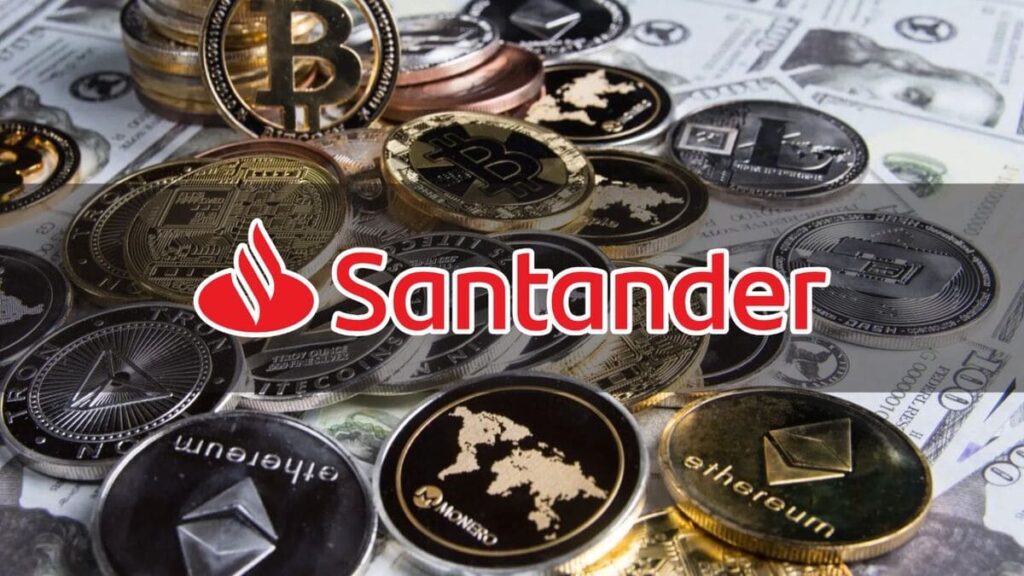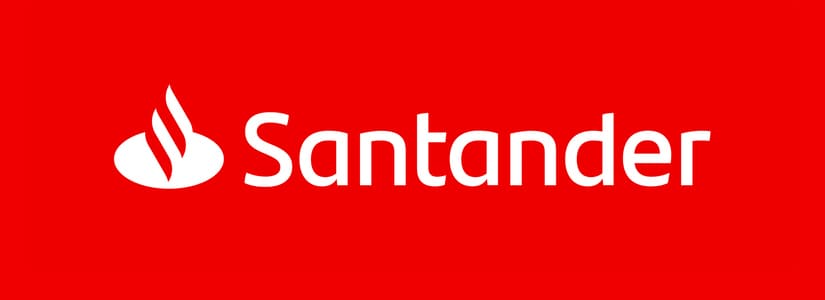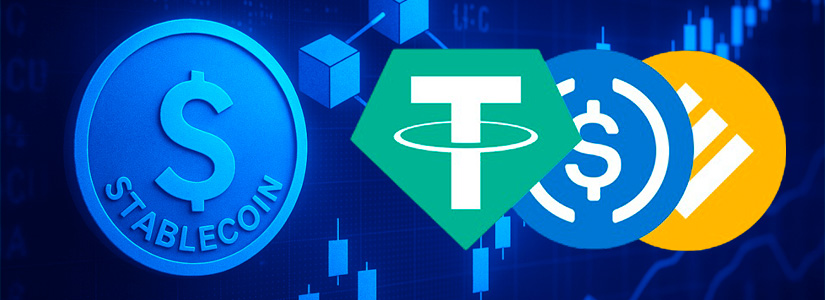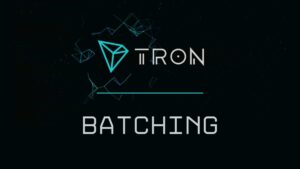TL;DR
- Banco Santander has outlined a preliminary plan to launch a stablecoin and offer cryptocurrency trading through Openbank.
- The digital subsidiary has already applied for licenses to operate under MiCA and expects to launch services before the end of the year if approved.
- The bank is considering issuing stablecoins pegged to the euro and the dollar or integrating existing tokens, prioritizing fast payments and cross-border transfers.
Banco Santander has put in motion a preliminary plan to launch a stablecoin and offer cryptocurrency trading services to users of its digital bank.
The initiative is led by Openbank, its online subsidiary, which has already applied for licenses to operate with digital assets under the European Union’s new regulatory framework. If approved, it plans to roll out these services before the end of the year.
Chasing the European Market
Banco Santander is evaluating the creation of stablecoins pegged to both the euro and the dollar. It’s also considering integrating existing tokens, depending on market conditions and regulatory approval. The priority is to adopt stablecoins as an alternative payment method and as a tool for fast, low-cost international transfers — particularly in markets where digital dollars are gaining ground over unstable local currencies.
Like many other European banks, Santander is exploring the digital asset market following the enforcement of MiCA regulations. Institutions such as BBVA, Societe Generale and Deutsche Bank are already developing projects involving stablecoins or crypto trading services for retail and institutional clients.
Santander: A Blockchain Pioneer
Openbank operates in Spain, Portugal, the Netherlands and Germany, which gives it a regional network already in place to scale its upcoming crypto services. At the same time, other firms like BBVA secured approval in March to offer cryptocurrency trading in Spain and are conducting tests with platforms like Visa’s for issuing bank tokens.
Santander was one of the first traditional banks to bet on blockchain technology, investing in companies like Ripple and participating in payment consortia built on blockchain infrastructure. It also took part in tokenized bond issuances and launched blockchain-based payment apps nearly a decade ago.
Through this new project, the bank aims to establish itself in the evolving landscape of digital financial services, where stablecoins and tokenized transfers are increasingly positioned as alternatives to traditional payment and settlement systems













